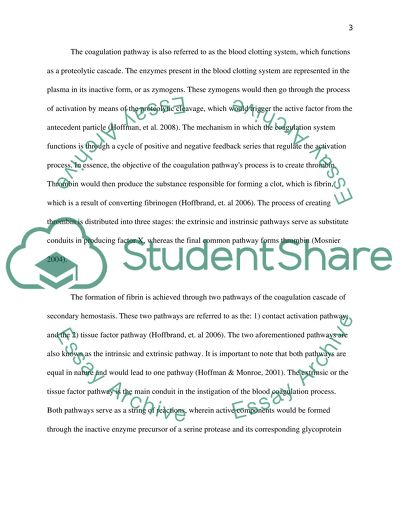Cite this document
(“Coagulation: Overview, Pathways, Clot Formation, and Effects on Essay”, n.d.)
Retrieved from https://studentshare.org/health-sciences-medicine/1400042-coagulation
Retrieved from https://studentshare.org/health-sciences-medicine/1400042-coagulation
(Coagulation: Overview, Pathways, Clot Formation, and Effects on Essay)
https://studentshare.org/health-sciences-medicine/1400042-coagulation.
https://studentshare.org/health-sciences-medicine/1400042-coagulation.
“Coagulation: Overview, Pathways, Clot Formation, and Effects on Essay”, n.d. https://studentshare.org/health-sciences-medicine/1400042-coagulation.


